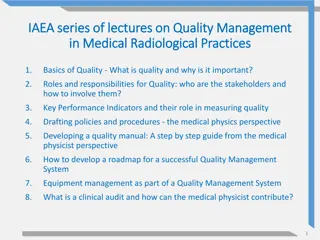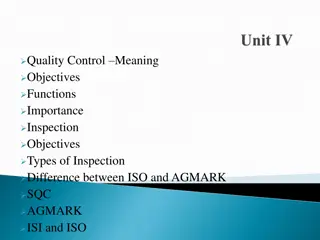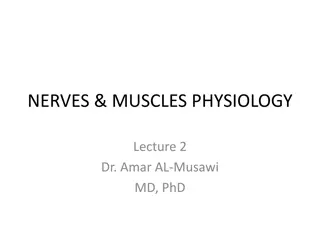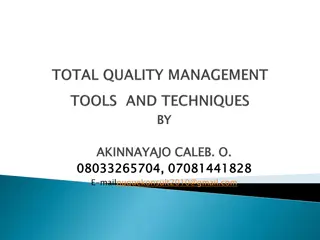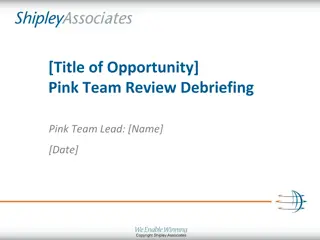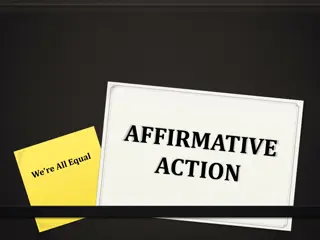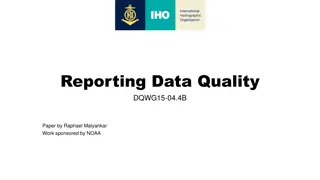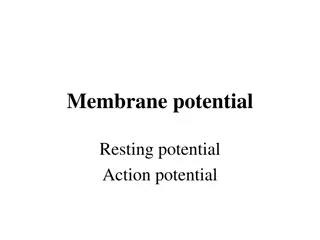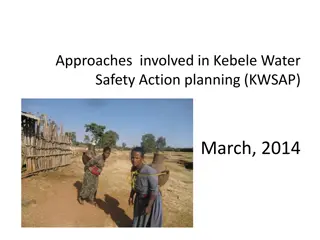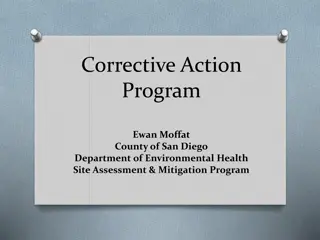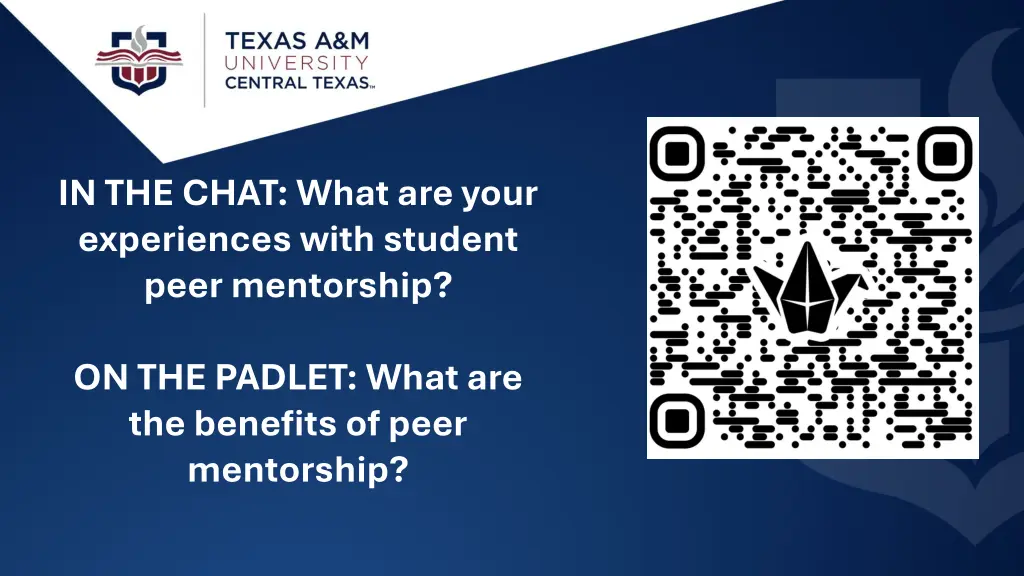
Peer Mentorship in Online Courses
Explore the benefits and implementation of peer mentorship in online courses, focusing on student peer mentorship experiences, aligning mentoring programs with course development standards, and evaluating the impact of such programs on mentees and mentors. Discover how peer mentors can enhance learning outcomes and support student success in a structured and supportive environment.
Download Presentation

Please find below an Image/Link to download the presentation.
The content on the website is provided AS IS for your information and personal use only. It may not be sold, licensed, or shared on other websites without obtaining consent from the author. If you encounter any issues during the download, it is possible that the publisher has removed the file from their server.
You are allowed to download the files provided on this website for personal or commercial use, subject to the condition that they are used lawfully. All files are the property of their respective owners.
The content on the website is provided AS IS for your information and personal use only. It may not be sold, licensed, or shared on other websites without obtaining consent from the author.
E N D
Presentation Transcript
IN THE CHAT: What are your experiences with student peer mentorship? ON THE PADLET: What are the benefits of peer mentorship?
Peer Mentoring as a Tool for Achieving Outcomes through Active Learning Andria F. Schwegler, Madelynn D. Shell, and Malin K. Lilley
Session Learning Outcomes Describe an example of implementing peer mentors in an online course Recognize alignment of the mentoring program and course development with QM Standards Evaluate data on the impact of a first year of peer mentor program on mentees and mentors Discuss integrating peer mentors at your institution (benefits, challenges)
TAMUCT Psychology Program Program guiding beliefs (Schwegler, Shell, & Clark, 2024) High impact practices across the curriculum (Linder & Hayes, 2018) Students 100% transfer (i.e., upper-division only) Non-traditional Many need entry-level skills for success Primarily online (i.e., synchronous and asynchronous courses)
Mentorship and High Impact Practices A mutually beneficial relationship between a specified student group (i.e. mentee) and a more experienced student (i.e. mentor) who engages with the mentee in a structured helping capacity to cultivate strong relationships and provide peer-to-peer support. (https://www.tbr.edu/student-success/hip-taxonomy-peer-mentoring) Benefits for all! (Newton & Ender 2010; Terrion, & Leonard 2007) oMentee oMentor
PSYC 3100 Psychology Major Seminar Course plan (Moore & Shell, 2022; Shell & Moore, 2025) Similar to First Year Seminar (High-Impact Educational Practice) 1-credit hour course Online synchronous delivery Course design embeds QM Standards that peer mentors model
2.1. The course-level learning objectives describe outcomes that are measurable. Course Learning Outcomes CLO1: Read, discuss, and apply core academic skills and soft skills o University resources o Psychology program resources o Careers in psychology o Course planning o Academic skills o Information literacy o Motivation and mindset o Mental health and well-being CLO2: Engage in professional written and verbal communication o Professionalism o Networking/relationship-building CLO3: Apply interpersonal and intercultural responsiveness o Cultural responsiveness o Civic engagement
Defining the Peer Mentor Position Upper-level undergraduate students Enrolled in Internship course credit Responsibilities Attend class sessions Plan class meetings with faculty Model class participation (e.g., camera on) Share experiences as student in program
In-class Activities to Help Learners Present one slide per class session (warmup or recap) Host discussions Demonstrate activities Ask questions Moderate chat 5.1 The learning activities help learners achieve the stated objectives.
Opportunities for Interactions Lead coworking breakout sessions on class topic Hold one-on-one online meetings with mentees Set up study groups 5.2 Learning activities provide opportunities for interactions that support active learning. 1.9 Learners have the opportunity to introduce themselves.
Promoting Resources Tutoring on course technology or resources (not course content) Collecting and sharing step-by-step videos Building a library of support resources (e.g., Canvas page with resources for each topic) 6.2 Course tools promote learner engagement and active learning. 6.1 The tools used in the course support the learning objectives.
Faculty-mentor Interactions Collaborative process Faculty and peer mentors for all sections Generate new content Develop engagement strategies to implement in class Solve problems through collaboration and discussions Lesson prep as a team with peer mentors Review previous class to adjust as needed and plan for future semester Teach separate sections 5.3 The instructor s plan for regular interaction with learners in substantive ways during the course is clearly stated.
Example Lesson and Mentor Role CLO1: Read, discuss, and apply core academic skills Module LO: Create a draft of degree plan and course schedule Before Class Develop example degree plan Share with faculty any issues with registration or scheduling During Class Share example of degree plan Breakout rooms to provide support as students develop their own plans After Class Debrief with instructors and how to change for next semester 2.2 The module/unit-level learning objectives describe outcomes that are measurable and consistent with the course- level objectives.
Creating the Peer Mentor Role in the LMS Peer Mentor role has the following access in Canvas: oView, create, and participate in Discussions (enable permissions) oView-only access to all course content oAbility to use course messaging (Canvas inbox) for individual student communication oNo access to student information oNo independent course building oNo grading 6.2 Course tools promote learner engagement and active learning.
Effectiveness: Mentee Perspectives 32 students enrolled in three course sections with three different mentors (1-5 point scale) Prompt M 4.81 4.91 4.91 4.74 4.84 4.84 4.88 SD Contributed to my learning in class Provided useful personal experiences and knowledge Contributed to class discussions The one on one meetings were beneficial Promoted an environment that was helpful to learning Was easily accessible and helpful when needed Contributed to instructional learning strategies in the course 0.46 0.29 0.29 0.51 0.36 0.36 0.33
Mentee Comments Initial Coding Emerging Themes Mentor Helped Your Learning Experience? oTriggered positive affect, n = 8 comments Comfort, motivation, support oShared personal experiences, n = 17 Answered questions, stimulated discussion, related as a student oProvided academic support, n = 7 Tutorial tools, tips for courses, course content oProvided advising support, n = 13 Course planning, program expectations
Mentee Comments Initial Coding Emerging Themes Other Ways Mentor Could Contribute? oNo comments, n = 10 oGreat job! Nothing more is needed, n = 17 Excellent, no ways to improve, amazing job! oRecommendations, n = 6 Discuss elective courses and student club activities Share more personal experiences so students don t feel alone More 1:1 meetings Add mentors to other courses to help with content
Mentee Comments Initial Coding Emerging Themes Other Comments about the Mentor Role? oNo comments, n = 16 oValuable experience, n = 17 Loved her, motivational, super helpful for learning, great to have oRecommendations, n = 2 Expand mentors to include graduate students Add mentors to other courses
Effectiveness: Mentor Perspectives Progress on Program/Discipline Learning Outcomes (Inspired by APA Board of Educational Affairs Task Force on Psychology Major Competencies, 2023) oProfessional Values and Ethical Standards oPresentation Skills oSkills, Competencies, and Points of View Needed by Professionals oInterpersonal and Intercultural Responsiveness oDirection for Life after Graduation
Effectiveness: Mentor Perspectives Mentor Experiences (Inspired by Marshall, Dobbs-Oates, Kunberger, & Greene, 2021) oGrowth Relational Knowledge and Skills Self-Awareness Career Identity and Development oChallenges Learning the Mentor Role Relating to Students Student Engagement
Effectiveness: Mentor Perspectives Group Identification with TAMUCT Psychology Department (Leach, van Zomeren, Zebel, Vliek, Pennekamp, Doosje, Ouwerkerk, & Spears, 2008) oSolidarity oSatisfaction oCentrality oIndividual Self-Stereotyping oIn-Group Homogeneity
Effectiveness: Group Identification 7.00 * * * p < .10 * p < 05 * 6.00 5.00 4.00 3.00 2.00 1.00 Solidarity Satisfaction Centrality Self-Stereotyping In-group Homogeneity Psychology Students Peer Mentors
Effectiveness: Mentor Perspectives Too few mentors for quantitative data analysis on other variables So far, mentors reported high development on Ability to relate to others, listen, provide feedback Improved relationship with faculty Seeing self as a leader and recognizing growth in own educational experiences Understanding psychology field and own career interests and opportunities
Barriers and Opportunities Institutional norms Student resistance to synchronous courses and engagement Identifying potential mentors Mentor application process Faculty evaluation of prospective mentors Implementing in multiple courses Lead mentor Brainstorm and check in on new mentors
Discussion What are your institutional norms around peer mentorship? Padlet: Benefits of Peer Mentorship What are other potential barriers? What other opportunities do you see for a peer mentor program?
Additional Resources Questions or comments? mshell@tamuct.edu malin.lilley@tamuct.edu schwegler@tamuct.edu



